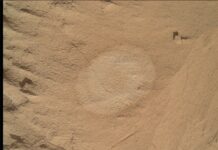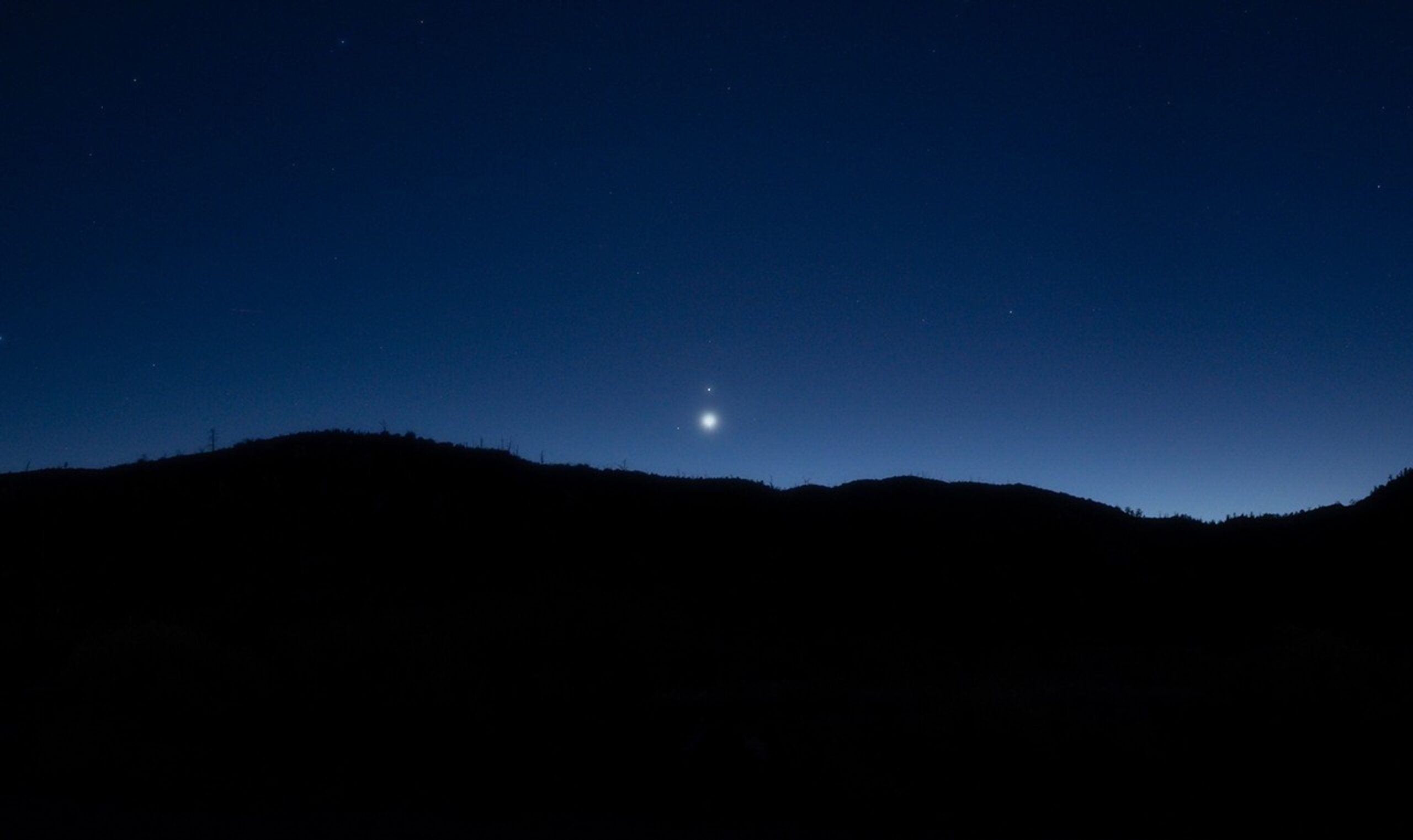Skywatching Delights: A Month of Astronomical Wonders
In a celestial showcase this month, the night sky is set to dazzle stargazers with a captivating view of four bright planets visible simultaneously. Alongside this planetary spectacle, there are opportunities to witness Venus and Saturn’s close encounter, Mars being occulted by the Moon, and the Quadrantid meteor shower. This article will guide you through these astronomical events, making it easy for everyone to enjoy the wonders of the universe.
January’s Skywatching Highlights
January 3 – Quadrantid Meteor Shower Peaks
The Quadrantid meteor shower is a prominent meteor shower that occurs annually. This year, it promises a moderate display, with around 20 to 30 meteors visible per hour under optimal conditions. With minimal interference from the Moon, this year’s peak offers a great chance to enjoy the show. To maximize your viewing experience, find a dark location away from city lights and let your eyes adjust to the darkness.
January 13 – Moon Occults Mars
On this evening, observers in the continental United States and Eastern Canada will witness the Moon passing in front of Mars. This event, known as an occultation, will vary in timing depending on your location, so it’s best to consult a reliable skywatching app for precise details. This celestial alignment provides a unique opportunity to see the Red Planet disappear behind the Moon’s silhouette.
January 17-18 – Venus and Saturn Conjunction
Throughout January, Venus and Saturn will gradually move closer together in the sky. By January 17th and 18th, they will appear to be separated by only a couple of degrees—about the width of two fingers held at arm’s length. Although they are millions of miles apart in reality, this conjunction offers a breathtaking view of these two planets seemingly side by side.
All Month – Four Planets Visible
For the entirety of January, skywatchers can enjoy the rare sight of four bright planets visible in the evening sky. Venus and Saturn will be located in the southwest, while Jupiter will shine high above, and Mars will be in the east. While Uranus and Neptune are also present, a telescope is needed to observe these distant giants. Although the alignment of planets along the sky’s ecliptic line is a regular occurrence, the simultaneous visibility of four or five bright planets is a less frequent event, making this a must-see spectacle.
All Month – Mars at Opposition
Mars reaches opposition this month, which means it is directly opposite the Sun as viewed from Earth. This alignment places Mars at its closest distance to our planet, making it appear larger and brighter in the night sky. While oppositions happen approximately every 26 months, this event is a prime opportunity to observe Mars, where NASA currently has several active missions studying the planet.
Understanding Planetary Alignments
The term "planet alignment" often conjures images of celestial bodies perfectly lined up in space. However, in astronomy, this refers to planets appearing along the same line in the sky, called the ecliptic. The ecliptic is the plane of Earth’s orbit around the Sun and is the path along which the Sun, Moon, and planets travel. This alignment allows for spectacular planetary conjunctions and close approaches, as seen this month with Venus and Saturn.
Mars Opposition and Its Significance
Mars oppositions occur when Earth passes between Mars and the Sun, placing the Red Planet directly opposite the Sun in our sky. This period is when Mars is closest to Earth, making it particularly bright and visible throughout the night. While this opposition may not be the most remarkable in terms of proximity, it still offers a fantastic chance for observation. Mars will dominate the eastern sky at nightfall and be visible in the southwestern sky at dawn.
The Quadrantid Meteor Shower
The Quadrantid meteor shower is named after the now-obsolete constellation Quadrans Muralis. It is known for producing bright meteors with vibrant colors. This year’s shower is expected to peak in the early morning hours of January 3rd, with optimal viewing conditions in the Northern Hemisphere, particularly for those in the Northwest and Pacific regions. As the Moon will be a slender crescent and set early, its light will not interfere with the meteor display, making it an excellent opportunity for stargazers.
Phases of the Moon in January
As we journey through January, the Moon will go through its various phases, each offering a different perspective of our celestial neighbor. The First Quarter occurs on January 6, followed by a Full Moon on January 13. The Third Quarter is on January 21, and the New Moon will grace the sky on January 29. Observing the Moon’s phases can be an enjoyable experience for beginners and seasoned astronomers alike.
Conclusion
This January is packed with celestial events that promise to captivate and inspire skywatchers across the globe. Whether you’re interested in witnessing the spectacle of four planets, the close encounter of Venus and Saturn, or the mesmerizing Quadrantid meteor shower, there is something for everyone to enjoy. These events provide a perfect opportunity to disconnect from the chaos of daily life and reconnect with the wonders of the universe.
For more information on NASA’s missions and to stay updated on all things space-related, visit NASA’s science website. As we continue to explore our solar system and beyond, the night sky serves as a constant reminder of the vast and awe-inspiring cosmos we call home. Happy skywatching!
For more Information, Refer to this article.


































